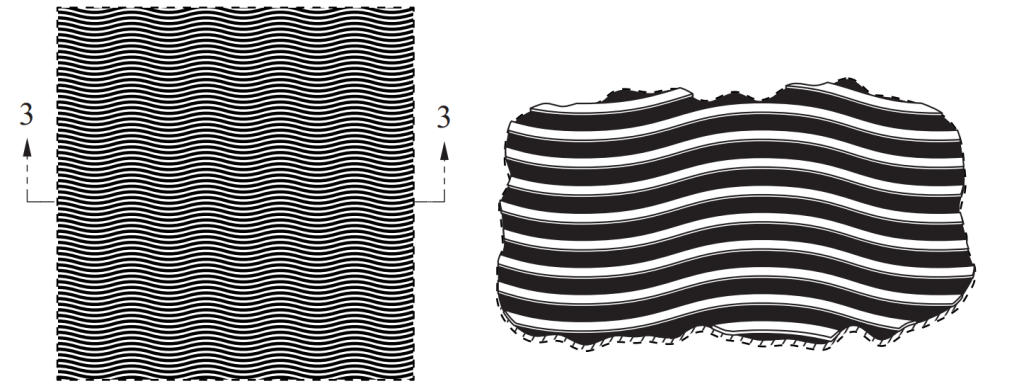by Dennis Crouch
Seirus has petitioned for writ of certiorari in its long-running design patent dispute with Columbia Sportswear. The petition asks two questions related to the comparison process for design patent infringement -- in particular, the questions focus on what can qualify as "comparison prior art" used to provide context for the infringement analysis.
To continue reading, become a Patently-O member. Already a member? Simply log in to access the full post.
